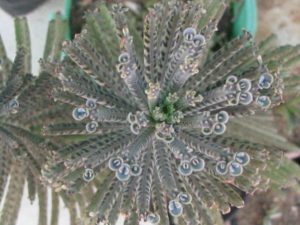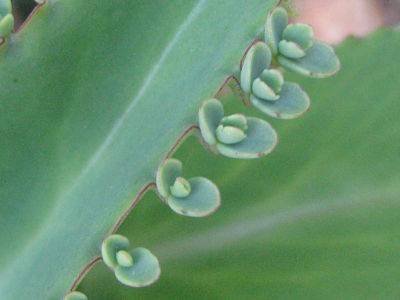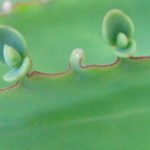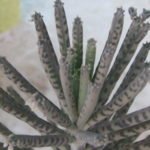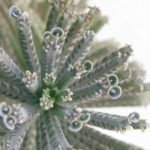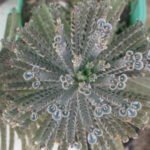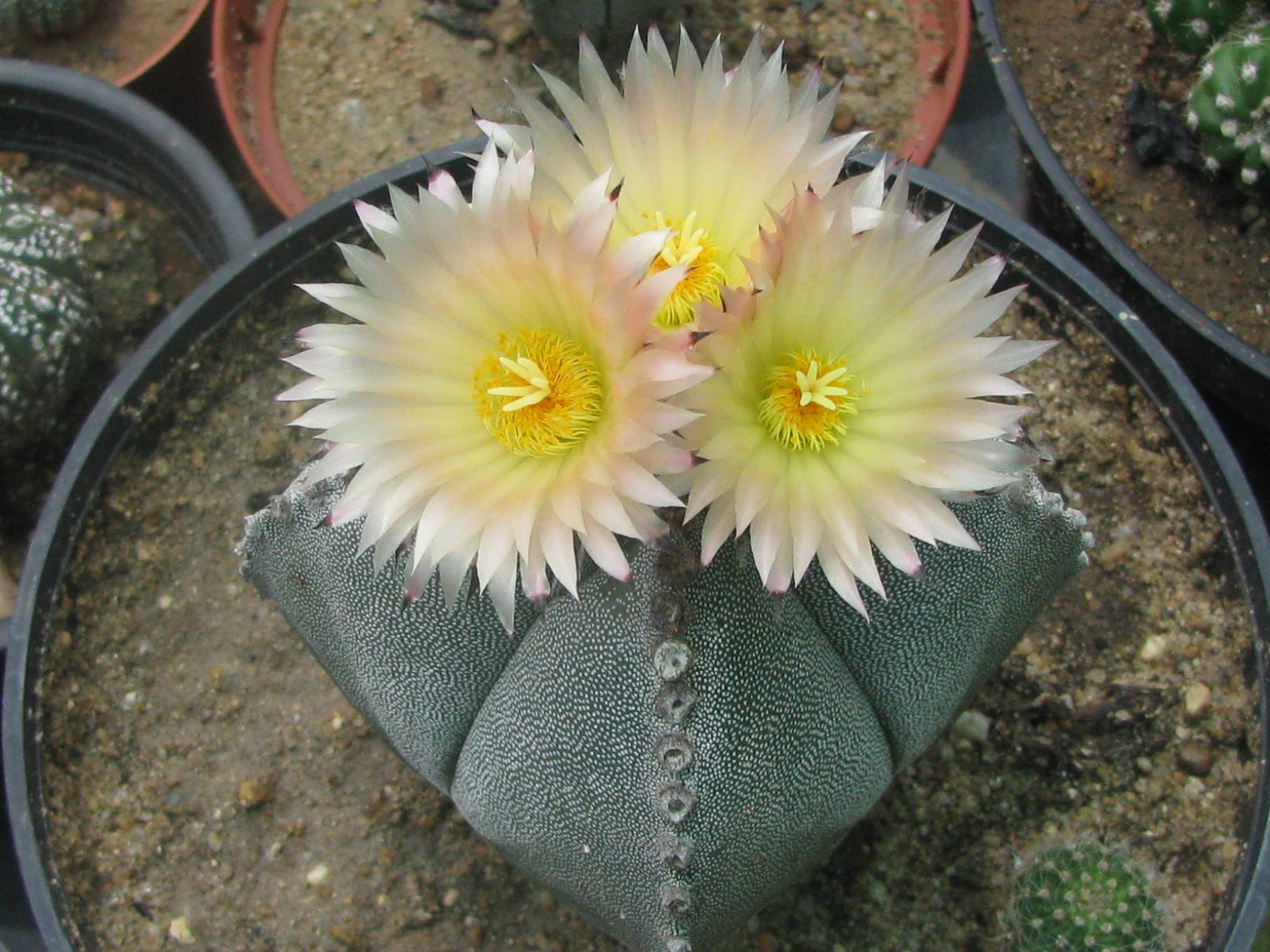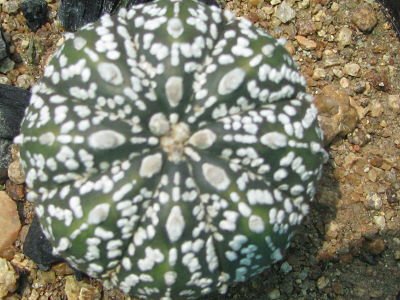What are Bryophyllum Plants?
This Bryophyllum is a succulent plant type and is native to Madagascar. These plants have the ability to produce new baby plants from their leaves. (i.e) Bryophyllum Plants vegetatively produce small plantlets along the edges/tips of their leaves which will root themselves to become new plants upon falling on the ground. This phenomenon is known as Vegetative Reproduction where new plants grow asexually from other parts of the parent plant.
The name “Bryophyllum” may seem so botanic and distant…But when I say that some of these plants go by the common names “Mother-of-Thousands” or “Mother-of-Millions” – they may not seem so distant anymore . Don’t you agree?
Just two names? It won’t do any justice to these masterminded, hard to eradicate, genius plants. In fact one of their common name is Evil Genius! Other names – Alligator Plant, Chandelier Plant, Mexican Hat Plant, Devil’s Backbone etc.
Mother-of-Thousands and Mother-of-Millions are two different plants having both differences and similarities among themselves.
Similarities or common facts:
As their name depicts, both have the ability to spread their little baby plants (lots of it) all over your garden in a matter of time. If you are not being careful, soon they will sprout from every pot or every corner or crack found in your garden. It is because of this invasive nature, these plants are considered as obnoxious weeds in certain places around the world.
Being in the same genus Bryophyllum and closely related, they produce similar pretty bunch of orange to red flowers at the top. The flowers form an umbrella like form at the top in a central stalk, with flowers facing downwards. hence the common name Chandelier Plants.
So, what are the differences between Mother-of-Thousands and Mother-of-Millions???
The leaves of Mother-of-thousands are broader and tear-shaped and always weigh down the plant bearing them. The small plantlets grow at the ridges found along the margin of the leaves. Also the leaves have the alternate pattern – basic arrangements of leaves on a stem are alternate.
Whereas the leaves of Mother-of-million are narrow or tube shaped. Baby plants arise at the end of their tube shaped leaves near the tip of each leaf. Also the leaf pattern is not alternate – four leaves start at the same place around the stem.
These Mother-of-Thousands and Mother-of-Millions plants were once a part of Kalanchoe genus, but later grouped under Bryophyllum genus, hence these plants also known by their Kalanchoe counterparts.
So there is always a lot confusion surrounding these plants as what to call them –
- Mother-of-Thousands or Mother-of-Millions ?
- Bryophyllum daigremontianum or Kalanchoe diagremontiana ?
- Bryophyllum tubiflorum or Kalanchoe tubiflora ?
- Bryophyllum delagoense or Kalanchoe delagoensis ?
Doesn’t matter whatever you call them, they don’t really care and these plants will continue to spread their little plants if you let them…
Bryophyllum daigremontianum or Kalanchoe diagremontiana is one example for Mother-of-Thousands.
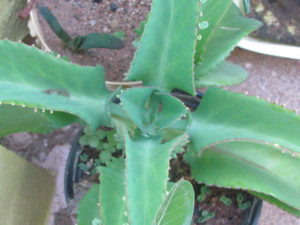
Bryophyllum tubiflorum or Kalanchoe tubiflora (or Bryophyllum delagoense or Kalanchoe delagoensis) is one example of Mother-of-Millions.
